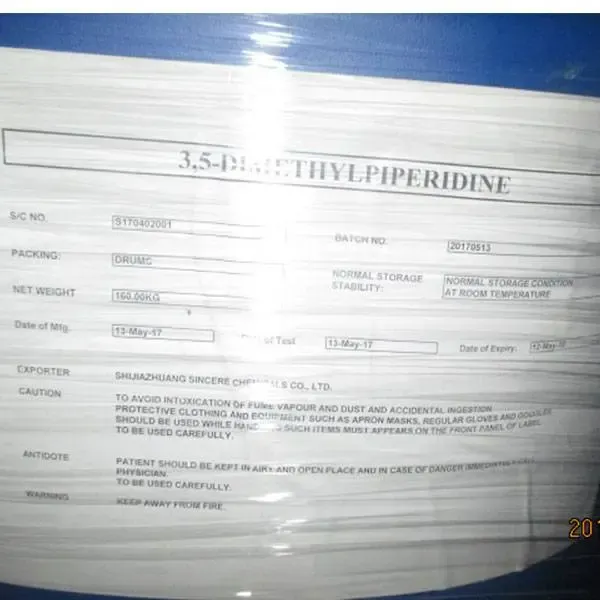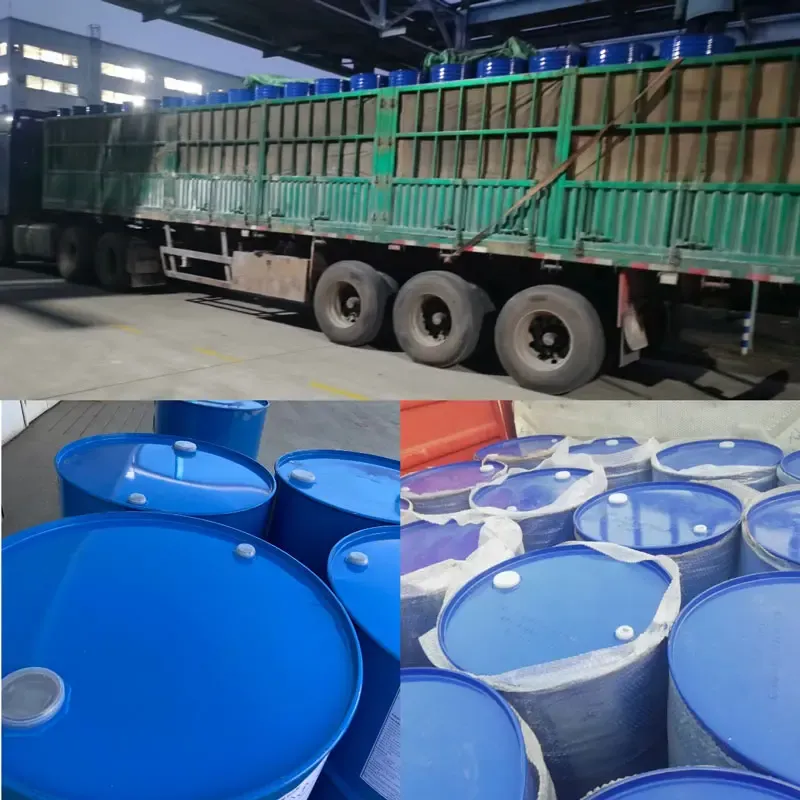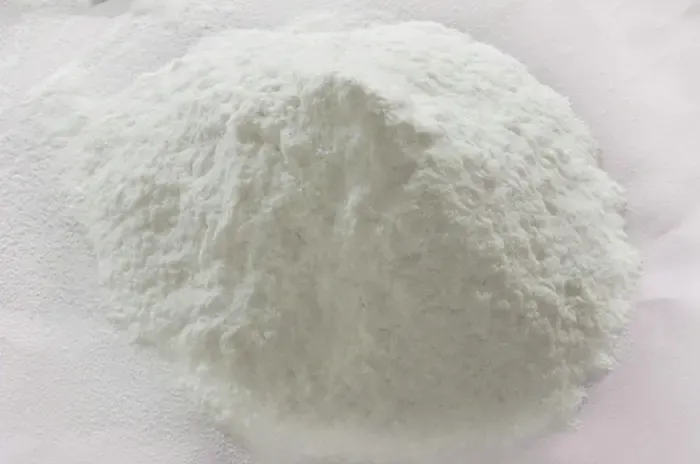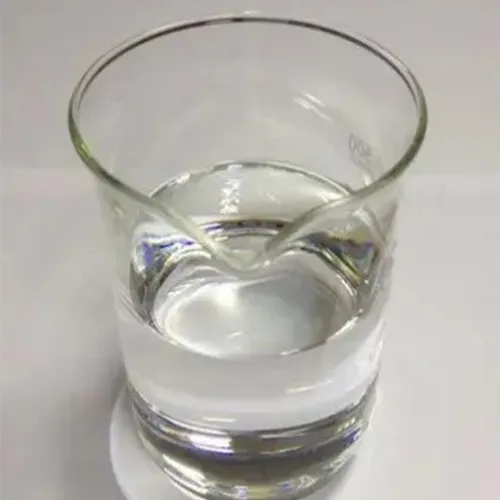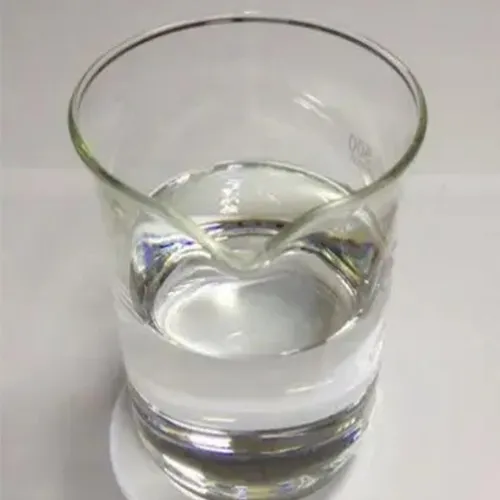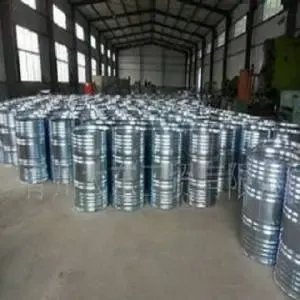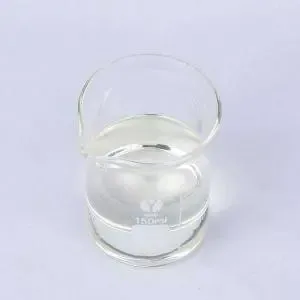The Versatile Uses of Tetramethylethylenediamine in Modern Industries
Nnn N Tetramethylethylenediamine (TMEDA) and its derivatives play an essential role in chemical processes across various industries. This powerful reagent, known for its versatility, is used in a wide range of applications, including as a catalyst, ligand, and solvent. As a chemical compound, tetramethylethylenediamine and its related chemicals, such as tetramethyldiethylenetriamine, have seen significant growth in industries like pharmaceuticals, agriculture, and manufacturing. Let's dive into the practical applications and significance of TMEDA chemical, TMEDA reagent, and other related compounds in today's market.
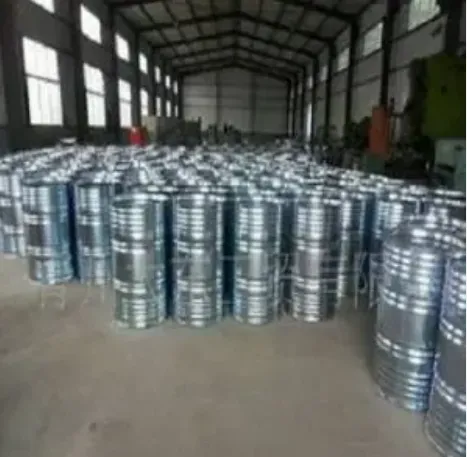
Understanding Nnn N Tetramethylethylenediamine and Its Applications
Nnn N tetramethylethylenediamine (TMEDA) is a highly versatile chemical compound commonly used as a ligand in coordination chemistry. Its ability to bind with metal ions makes it invaluable in synthetic organic chemistry, especially in metal catalysis. Moreover, TMEDA chemical is also employed as a solvent in certain reactions due to its polarity and ability to stabilize various compounds.
- Catalysis and Coordination Chemistry: One of the primary applications of TMEDAis in catalysis. It is widely used in metal-catalyzed reactions, where its ability to form stable complexes with metal ions increases the efficiency and selectivity of reactions. These characteristics are crucial for processes such as the production of fine chemicals and pharmaceutical intermediates.
- Solvent in Organic Reactions: In addition to its catalytic role, n n tetramethylethylenediamineserves as a solvent in many organic reactions, particularly those involving metal-organic reagents. Its ability to dissolve a wide range of compounds makes it a key player in chemical syntheses that require high reactivity.
The utility of TMEDA across these various chemical processes highlights its importance in fields like pharmaceuticals and fine chemicals manufacturing.
Tetramethylethylenediamine: A Reagent for Complex Reactions
As a tetramethylethylenediamine reagent, this compound plays a pivotal role in accelerating chemical reactions. It is often utilized in polymerization reactions, as it can stabilize reaction intermediates and facilitate the formation of complex structures.
- Polymerization Catalyst: Tetramethylethylenediamineis commonly used in the production of various polymers. Its ability to act as a catalyst in the polymerization of monomers makes it an essential reagent in producing materials used in everything from packaging to medical devices.
- Increased Reaction Efficiency: By accelerating reaction rates and promoting the formation of desired products, TMEDAsignificantly improves the efficiency of manufacturing processes. This makes it particularly valuable in industries where speed and precision are critical.
Given its catalytic properties, tetramethylethylenediamine remains an essential reagent in many chemical processes, ensuring that products are produced quickly and efficiently.
Tetramethyldiethylenetriamine: A Key Derivative in Chemical Reactions
One notable derivative of tetramethylethylenediamine is tetramethyldiethylenetriamine. This compound, often used as a more specialized variant, is particularly valuable in reactions where higher stability and longer reaction times are needed.
- Applications in Metal-Catalyzed Reactions: Like TMEDA, tetramethyldiethylenetriamineis often employed in metal-catalyzed reactions, but it is particularly useful in processes that require more robust chemical stability. This makes it an ideal reagent for more demanding reactions in industries such as petrochemicals and agriculture.
- Synthesis of Pharmaceuticals: This derivative is also involved in the synthesis of certain pharmaceuticals, where it contributes to the formation of key intermediates. Its unique chemical structure allows it to provide specific catalytic properties that cannot be matched by other reagents.
The versatility of tetramethyldiethylenetriamine highlights its importance as a specialized reagent, particularly in the synthesis of complex molecules.
The Role of Tetramethylethylenediamine CAS No in Industry Standards
Every chemical compound is identified by a specific CAS number, and for tetramethylethylenediamine, this unique identifier is critical for ensuring safety and regulatory compliance. The tetramethylethylenediamine CAS No is a unique code that helps manufacturers, researchers, and regulatory bodies track and ensure the safe use of this chemical in various applications.
- Safety and Regulatory Compliance: Knowing the CAS Noof tetramethylethylenediamine helps businesses comply with local, national, and international safety regulations. This ensures that the chemical is handled, stored, and disposed of correctly, reducing the risks of accidents and environmental damage.
- Global Consistency: The CAS Noalso helps standardize the compound across international markets. By referring to the same CAS number, companies can avoid confusion and ensure that the right chemical is being used in the right applications, regardless of location.
The tetramethylethylenediamine CAS No plays a crucial role in maintaining the consistency and safety of chemical applications worldwide.
The Versatility and Future of Tetramethylethylenediamine
As industries continue to evolve, the demand for tetramethylethylenediamine and its derivatives is expected to grow. With its applications in catalysis, polymerization, and pharmaceutical synthesis, this chemical compound is becoming even more valuable. The development of new tetramethylethylenediamine chemical processes, as well as the increasing demand for efficient manufacturing techniques, will likely drive the continued use of TMEDA in various fields.
- Expanding Applications: As new technologies emerge, the versatility of tetramethylethylenediaminewill enable it to be used in even more applications. From advanced materials manufacturing to cutting-edge pharmaceuticals, TMEDA will remain a key player in industries that require highly specialized chemical processes.
- Future Innovations: With continued research and development, future innovations could lead to new derivatives and more efficient production methods. This will further expand the reach of tetramethylethylenediamineand its derivatives in various industries.
In conclusion, tetramethylethylenediamine, with its various forms and applications, plays an essential role in modern chemical processes. From its catalytic properties in polymerization to its role in the pharmaceutical industry, this chemical is crucial for advancements in manufacturing. The CAS number ensures safe and standardized use globally, ensuring that tetramethylethylenediamine remains a key component in diverse industrial applications for years to come.
Post time: Mar . 10, 2025 17:54











